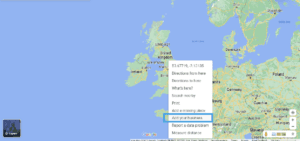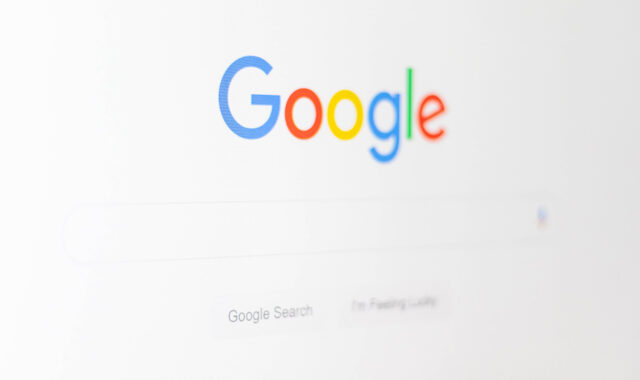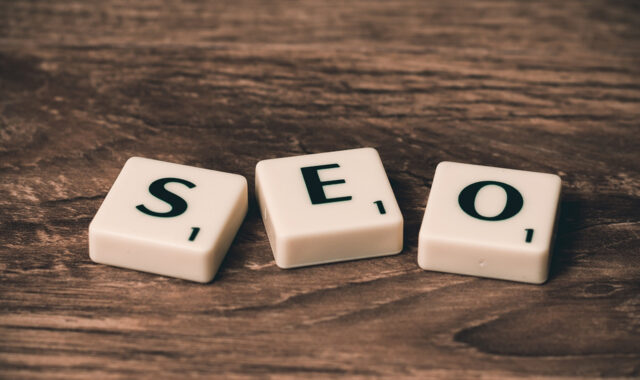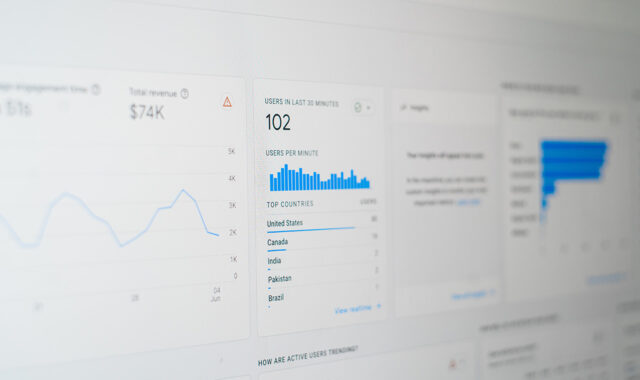SEO 101 | What is Local SEO, and how to go about it?
If you’re still unsure about where to start, we can help.
With our free tips and guidance, you can build a better digital marketing setup. But if you don’t have the time or resources to manage it all on your own, we can support you. Get in touch to find out how.
As a business, you want potential customers who are close to your premises to easily find you, your location when they search for the kind of products or services you offer on the internet. Local SEO is the key to ensuring this happens.
Taking your local SEO seriously is a significant step towards boosting the growth of your business. 86% of consumers search online for local goods and services they need. 76% of them visit the company that shows up first, on the same day, intending to buy.
Here are some easy steps to help you get this right…

1. Fill out your google my business profile
Google my business (GMB) is the top local SEO listing directory on the internet. It’s easy to access and set up. All you need to do is:
i. Visit Google maps.
ii. Right-click the map and scroll down to “Add your business.”

iii. Alternatively, click on the search bar and type in your location.
iv. On the result page, click on “Add your business.”
v. Follow the prompts to complete the process.
Setting this up will allow your local business or charity to benefit from 42% more direction clicks and 60% more call clicks than those that don’t have GMB set up.
When doing so, try not to skip any steps. Provide all the necessary information like pictures, the correct contact address, website details, etc.
Stats show that businesses with a complete profile and many relevant pictures get 7x more engagement and higher offline traffic than those that don’t.
2. Fill out other local listing directories
Aside from Google, there are other listing directories that take a big chunk of the local SEO market. These include:
- Bing places.
- Yelp.
- Yellowpage.
- Yahoo.
You can use one or more of them to boost your business’s local search coverage. Just make sure that your business information remains the same across all directories, platforms, and your website.
Aside from ruining your brand image, inconsistent information can cause 68% of consumers to take their business elsewhere. You don’t want to make it easier for your competition, do you?


Support Services
Explore our services to see how we can support you.
We work with clients of all sizes, ambitions, and expectations, and with budgets that start from as little as £150pm to over £1.5m each year. Explore our simple-to-understand packages that take the pressure off, so that you can focus on what you do best.
3. Optimise your website for local searches
Now that you have completed your local listing, it’s time to optimise your website for local searches. This will involve:
- Researching and placing geo-specific keywords on your website, local directories, and social media. (Examples of geo-specific keywords are “charities near me” and “shoe shop Gretna.”)
- Creating local content with geo-specific keywords.
- Creating location pages for each location you operate from.
4. Audit your website
Now, after all that effort, you don’t want 88% of your local listing visitors to click away because your website loads too slowly, has poorly written content or doesn’t look professional do you?
To complement your optimising your site for local SEO, you need to ensure that it’s secured, runs fast and smoothly, is mobile-friendly, well-branded, and more. If you don’t, it’s unavoidable that you’ll lose consumers, the money from their sales, and the potential buyers they would have referred.
So, be sure to run a thorough website audit. To do this you can use website auditing tools which will allow you to know the areas on your website that you need to work on and where to start. Here are three we’d recommend:
- SEMrush
- Ubersugesst
- Or Ahref
5. Focus on your reputation
Now that you’re listed locally, it’s crucial that you deliver quality information and services, and encourage your consumers to engage with you by leaving feedback and reviews.
91% of consumers will only engage with listed local businesses with good ratings and reviews. And out of this number, 31% will buy from a company, even though it charges more than its competitors if their reviews and ratings are higher.
So, do take the time to encourage your customers to leave their reviews, and engage with those who do. These are key to improving your overall business image.

Get a free website health-check.
Find out if your website is depriving you of visitors. Request our free website health-check to identify common issues with speed, user experience, and performance. We’ll deliver this in a clear report along with some basic recommendations and quick fixes.
Learn more about health-checks
Frequently asked questions
-
As you run your online business, it’s essential to carry out website auditing periodically. This will guarantee you get the best results from your campaigns and help you achieve organic growth. Here are some helpful steps to keep in mind.
-
SEO is constantly changing. Every year, Google makes over 400-500 algorithm updates to improve search results. Here are some things you should do or avoid to rank better.
-
Of course, it serves as proof and boosts brand awareness too. There are a couple of ways to grow your business using user-generated content. Here are a few key ideas.
Start a Conversation
Request a call-back to see how we can support your digital growth.














